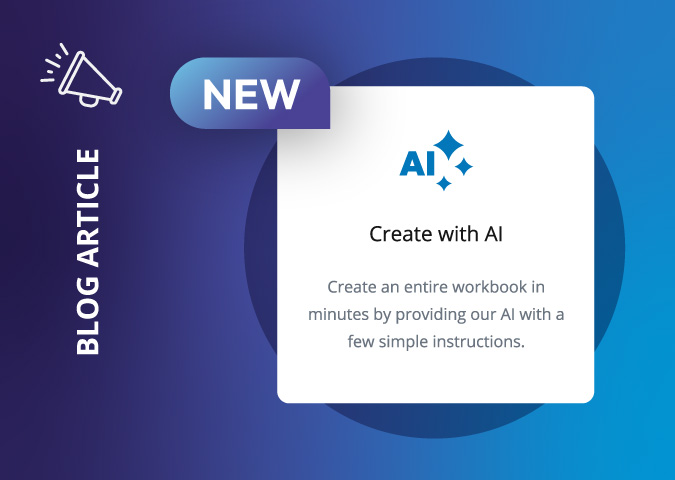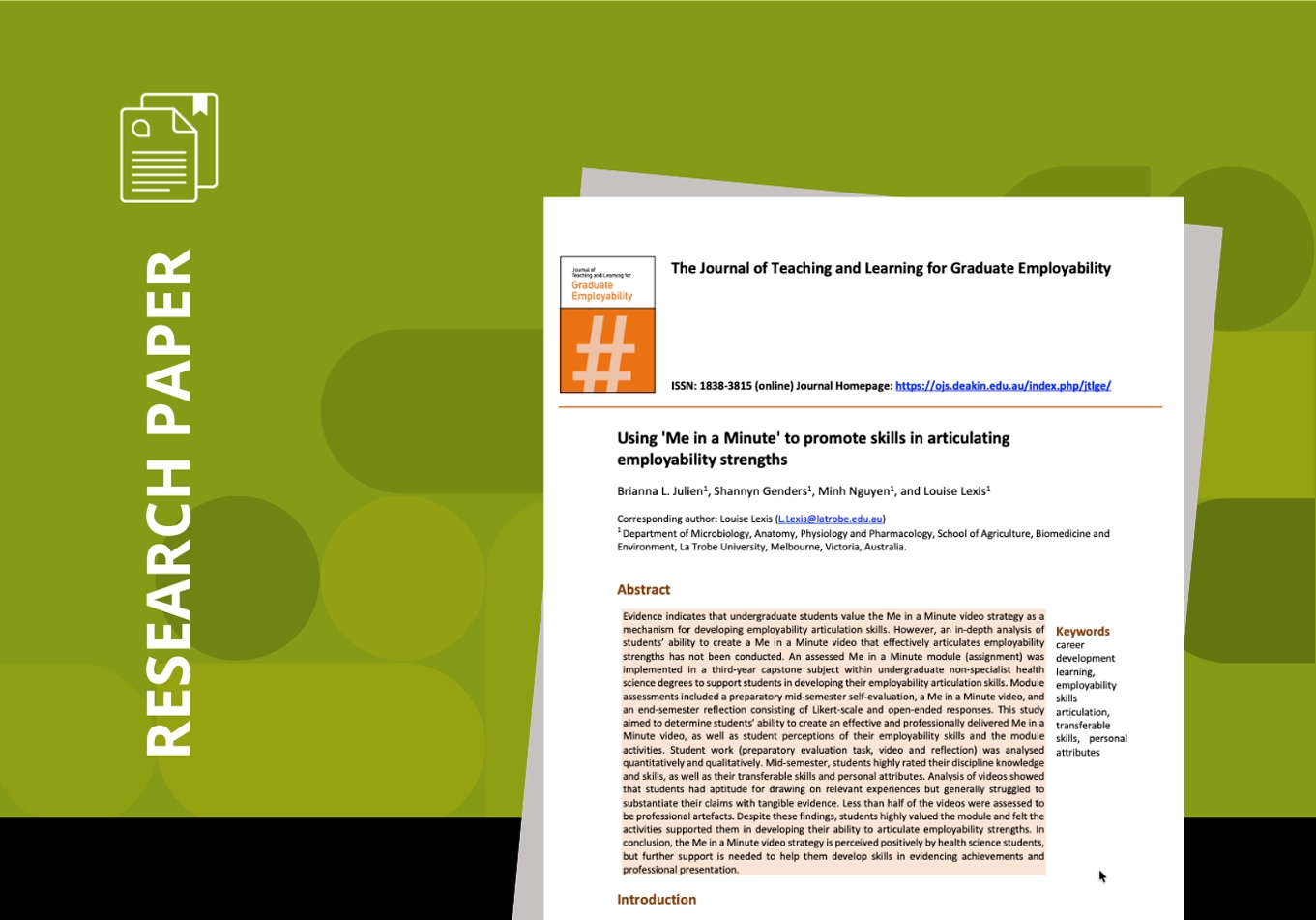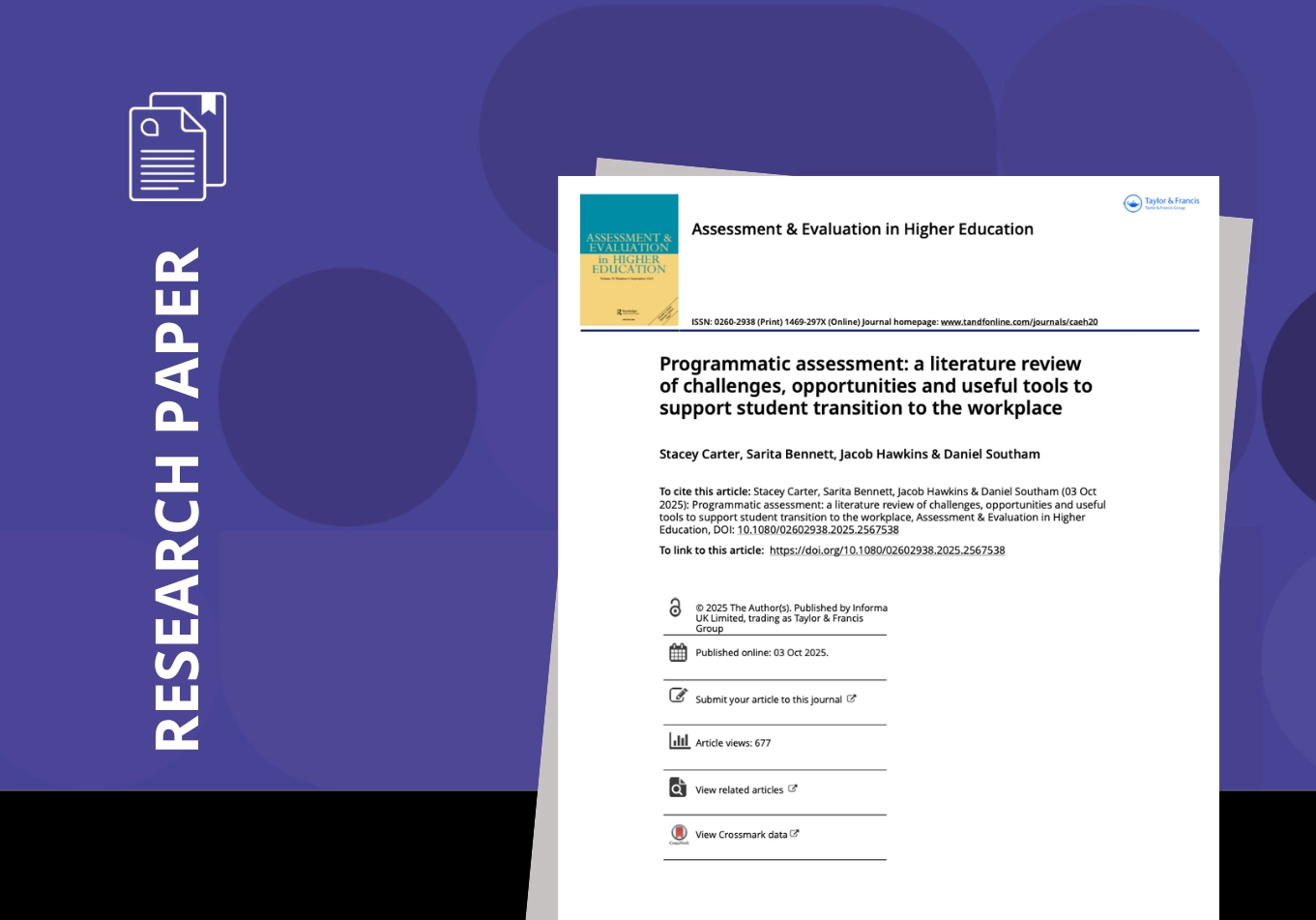Discover how the University of Waterloo is leveraging PebblePad Workbooks to transform student learning journeys on its GLIDE course.
During her recent webinar ‘Engaging Students through PebblePad Workbooks’, the university’s Intercultural Learning Specialist Sandra Lopez-Rocha took viewers through the fascinating development of a PebblePad Workbook to support the GLIDE (Global Learning, Intercultural Development and Engagement) certificate. Made up of four components, the GLIDE Workbook now plays a vital role in providing the content, structure and interactivity students need for the certificate’s transformative learning process.
In the webinar, Sandra details the approach she took when designing the Workbook before giving University of Waterloo student Diya Drabu the opportunity to offer her insights into how PebblePad supports her learning journey. Here we reveal the webinar’s key takeaways from both the educator and student’s perspectives.
The Educator Perspective
Traditionally, Sandra says that it can be difficult to find a solution that supports transformative learning processes where learners can add as much – or as little – as they choose to their Workbook. “I needed a platform that was reliable, that had a flexible design,” explains Sandra. “I needed a very interesting interface because I needed to ensure that students were going to feel comfortable sharing.”
She also highlights the need for a platform designed for reflection and ease of use – not one that only supports a rigid ‘question, answer’ format: “I wanted easy navigation and the ability for students to upload and submit that was not too complicated and obviously the ability for me to track everything … PebblePad was the answer to this.”
Complete solution
Working closely in consultation with the university’s Centre for Teaching Excellence’s Sr. Educational Developer Katherine Lithgow and Faculty Liaison Natalie Chow, Sandra set about creating the GLIDE Workbook within PebblePad. The platform allowed her to design a clear, well-structured workbook featuring an intuitive navigation bar coupled with the ability for rich content presentations and uploads (such as video, docs and images). These elements integrated effortlessly into GLIDE’s program attributes with PebblePad enabling the support and tracking of certificate submissions, rubrics and evaluations – all in one place.
Importantly, the Workbook’s design aligns with GLIDE’s ethos of lifelong learning, enabling students to retain the ePortfolio post-graduation with a free Alumni account. Sandra explains: “Students can create their own portfolio within this Workbook [which] is fantastic. They don’t have to go somewhere else to do this … “[Students] could actually use some of [the Workbook content] as a basis … to continue their learning, [and] to show their potential employers what they have done and achieved.”
Mind the curve
However, Sandra highlights there is a learning curve for achieving a successful outcome in PebblePad, and that support from Katherine and Natalie was essential for defining and delivering the Workbook’s structure to meet the needs of student learning. Katherine echoes this sentiment, underlining the importance of successful learning design being instructor-led, not technology-led.
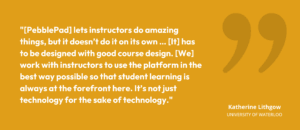
The Student Perspective
To confirm the Workbook’s validity, Diya Drabu, student and Global Learning Facilitator at the Student Success Office, was asked by Sandra to test the solution’s effectiveness. Diya reveals in the webinar that her use of PebblePad had been a highly positive experience: “On entering and engaging with PebblePad, I was definitely surprised by how intuitive and user-friendly the interface felt,” recalls Diya. “As someone using the platform for the first time, it was very reflective in terms of the process and the structure of the content.”
The use of the navigation bar at the top of the Workbook helped Diya to map and make sense of the learning journey. She used it as a “grounding and turning point”, and to see “the whole picture and scope of the reflection before diving in, which made the whole experience feel less overwhelming.”

Clear intentions
From the moment Diya opened the workbook, she could immediately sense the intention behind it – from the compassionate wording of every prompt to the flexibility built into the PebblePad structure and platform. An element that Diya said stayed with her was the balance between structure and freedom – and the way the platform guided her without constraining her honesty.
Diya explained: “[It achieved this] without demanding any sort of perfection and really made room for more complex answers … it reminded me that learning does not have to be detached or purely cognitive – it can be embodied and thoughtful.”
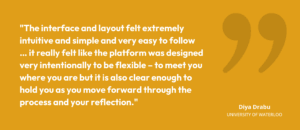
True reflection
Importantly, Diya praises how each section of the Workbook was structured into, “manageable pieces, which was particularly helpful because it also had visual cues to mark progress … [the headers] support cognitive ease and structure for the entire process … the visuals and interactive elements further added warmth and texture, making the journey not only intellectually engaging but emotionally resonant.”
Diya also appreciated the small touches such as checklists and progress bars that she believes help with motivation and create a sense of accomplishment moving forward. The breakdown of each section coupled with the headers also really “support cognitive ease and structure for the entire process,” says Diya.
Ultimately, she walked away from the experience more aware, seen and connected to herself and her learning journey. “It’s definitely rare to encounter digital platforms and spaces that feel this inclusive and thoughtful,” says Diya. “[One] designed where you’re not just completing something but truly showing up as your whole self with your responses – and I think that specifically for me is at the heart of reflective learning.”
• To learn more about the University of Waterloo’s use of PebblePad Workbooks, you can view the webinar here.


